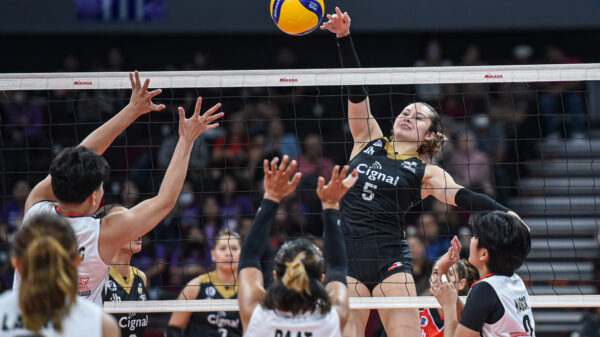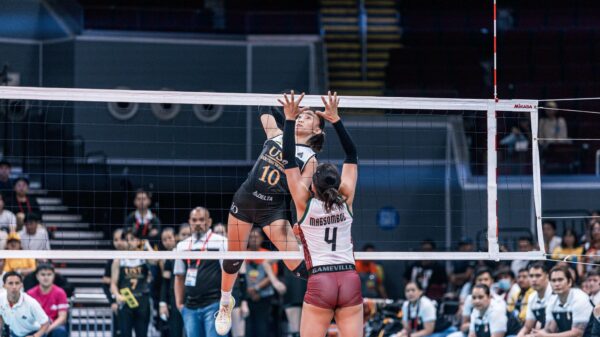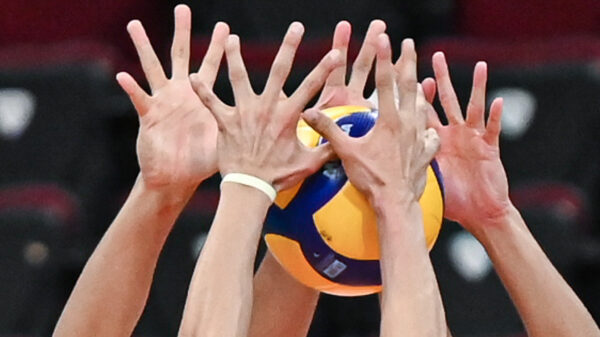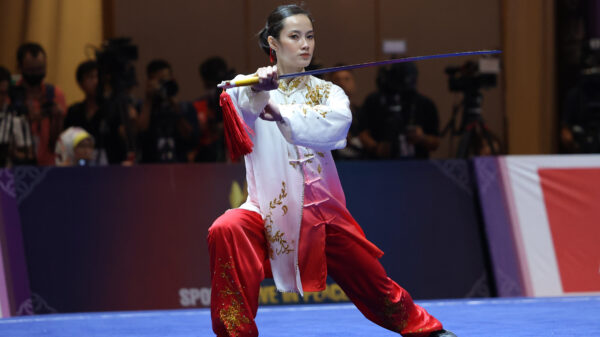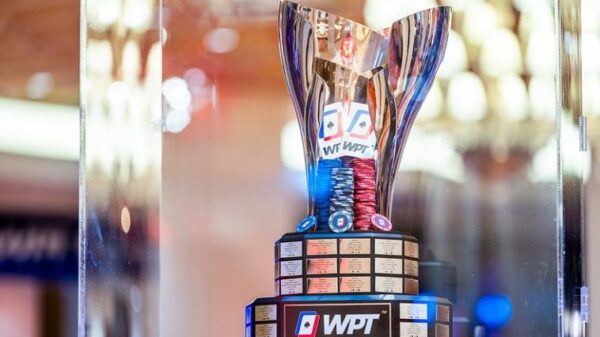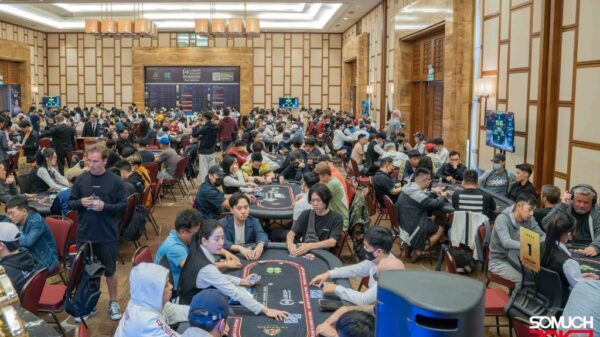There’s a popular saying in golf: “Drive for show, putt for dough.” While this isn’t absolute, there is more than a bit of truth in it. Much of the focus in golf and golf marketing tends to lean towards two words: MORE YARDS.
Today’s game is all about length. So much so that the governing bodies in golf have decided on a golf ball “roll back.” That’s an entirely different topic which we will discuss at another time. For this week’s column, I want to focus on what I feel is the most important club in the bag — the putter.
In my personal experience, my best-ever games were not great driving days and not great approach days. There were days when I was hitting the ball okay but the putter got hot and I kept draining putts from all over. But draining putts from distance is down to luck.
What great putters do consistently are two things: One, they lag putts to tap-in range most of the time and two, when faced with short putts, they make most of them. Putting is also highly dependent on confidence. A good feel and ability to read greens is a plus, but what inspires confidence most is a putter that fits our eyes and stroke.
When choosing a putter, shape, face, insert, weights, hosel location and shape, neck shape and style, weight bias, length and even color can make a huge difference. As seemingly simple as putting can be, there are countless variations and innovations all in the quest to make putting the ball in the hole easier.
A recent trip to Transview in City Golf, Pasig was like going into a toy store. Transview distributes a number of popular golf brands, including Odyssey Putters. Odyssey putters have been immensely popular in both the professional tours and for the average golfer since the mid-1990s.
I still remember my dad’s Dual Force Rossie II putter from back then. For decades, Odyssey has lorded it over the greens with models like the 2-Ball putter and White Hot putters still being used by professionals and amateurs, decades since their release. I’ve owned my share of Odyssey putters and have kept them in rotation.
Browsing through the selection of models displayed at Transview, I picked up several that caught my eye and proceeded to putt some balls with them. Odyssey it seems, has created a putter for everyone. By that, I mean no matter your preference when it comes to the flat stick, they have it.
The putter I picked up first was the White Hot Black Series #5 CS. I have been partial to center-shafted putters for quite a while now, at least for the past 15 or so years. I just like having the shaft close to the center of the putter head.
In my mind, this helps keep the putter balanced. I also like darker finishes in my scoring clubs. My wedges have always been either black or dark, and so were my putters. So naturally, I was drawn to Odyssey’s CS model first. Next one I tried was Jon Rahm’s putter, the White Hot OG Rossie S with no lines.
Having no lines transformed the look in my opinion. For someone who aims with the face and can’t be bothered with lines and dots on the putter head, this sleek beauty is gorgeous. I love the clean look, the confidence-inspiring size. I also don’t like using lines on my ball so I always rotate the ball to the blank side when putting. A putter without markings on top, combined with a blank ball ahead of it is the perfect visual for me.
I also picked up the Odyssey Tri-Beam #2, which is a blade, Anser-style putter. I usually shy away from blades but the unique neck design caught my attention. The lightweight triangular neck of the Tri-Beam supposedly lessens twisting and with lightweight materials used in the neck, the center of gravity wasn’t raised. Yes, it’s a bit technical even for me, but we all need all the help we can get. There were a few other classic Odyssey shapes and new models that I liked and tried out, but if I were on the lookout for a new putter, I’d probably take Jon Rahm’s White Hot OG Rossie S putter.
If you finally decide to part with your misbehaving flatstick, then I suggest you consider Odyssey putters and visit your nearest Transview store.



